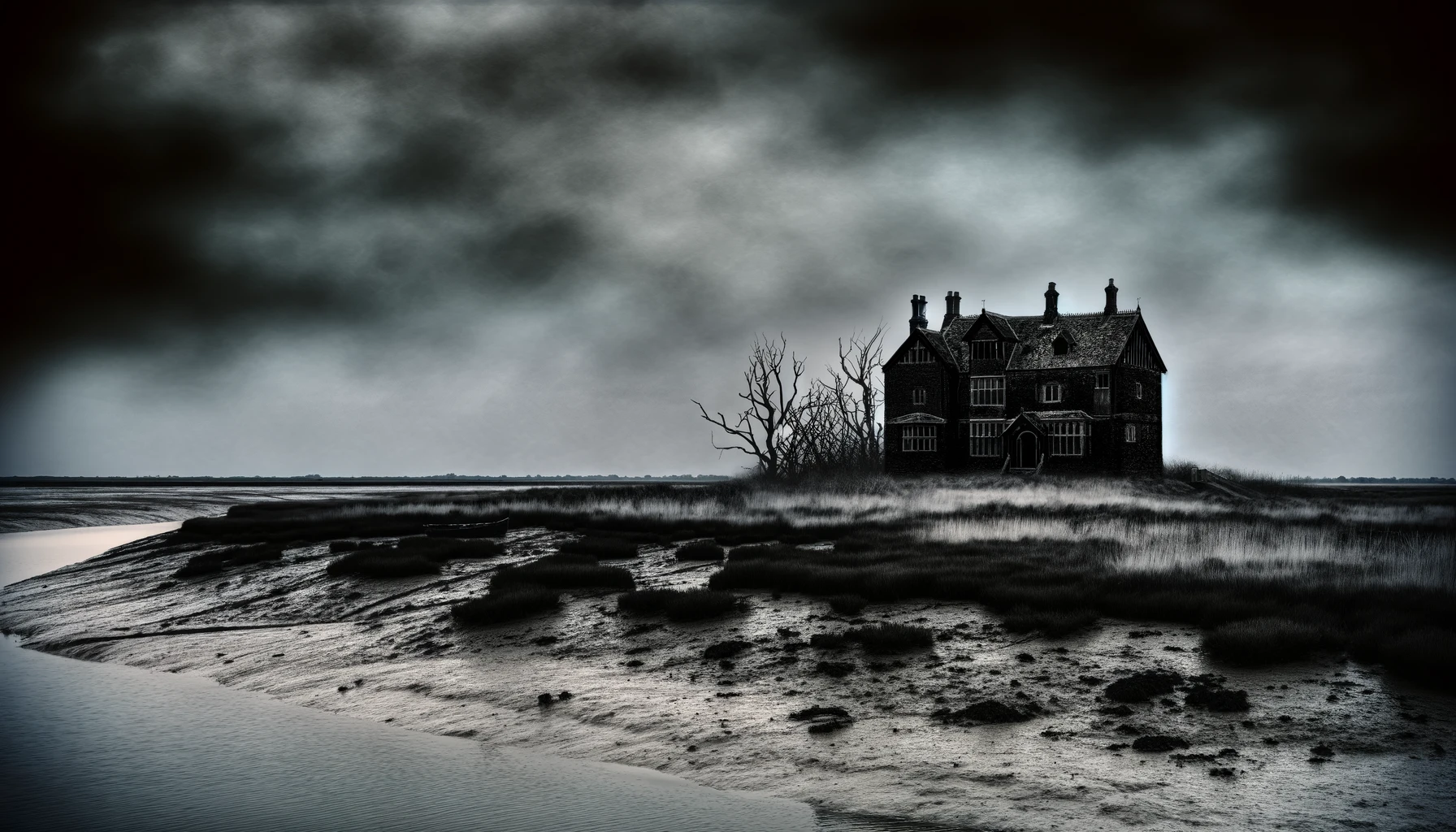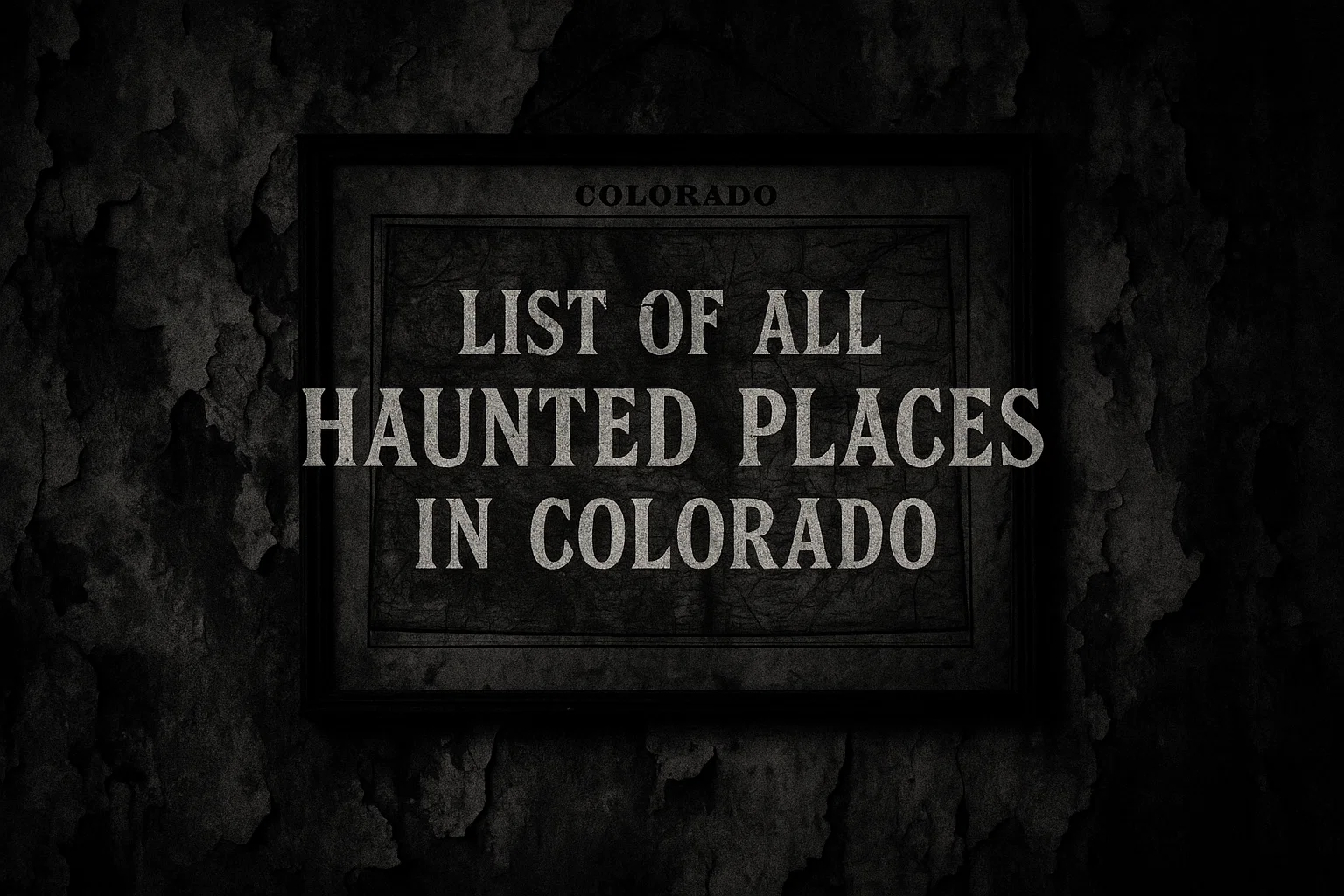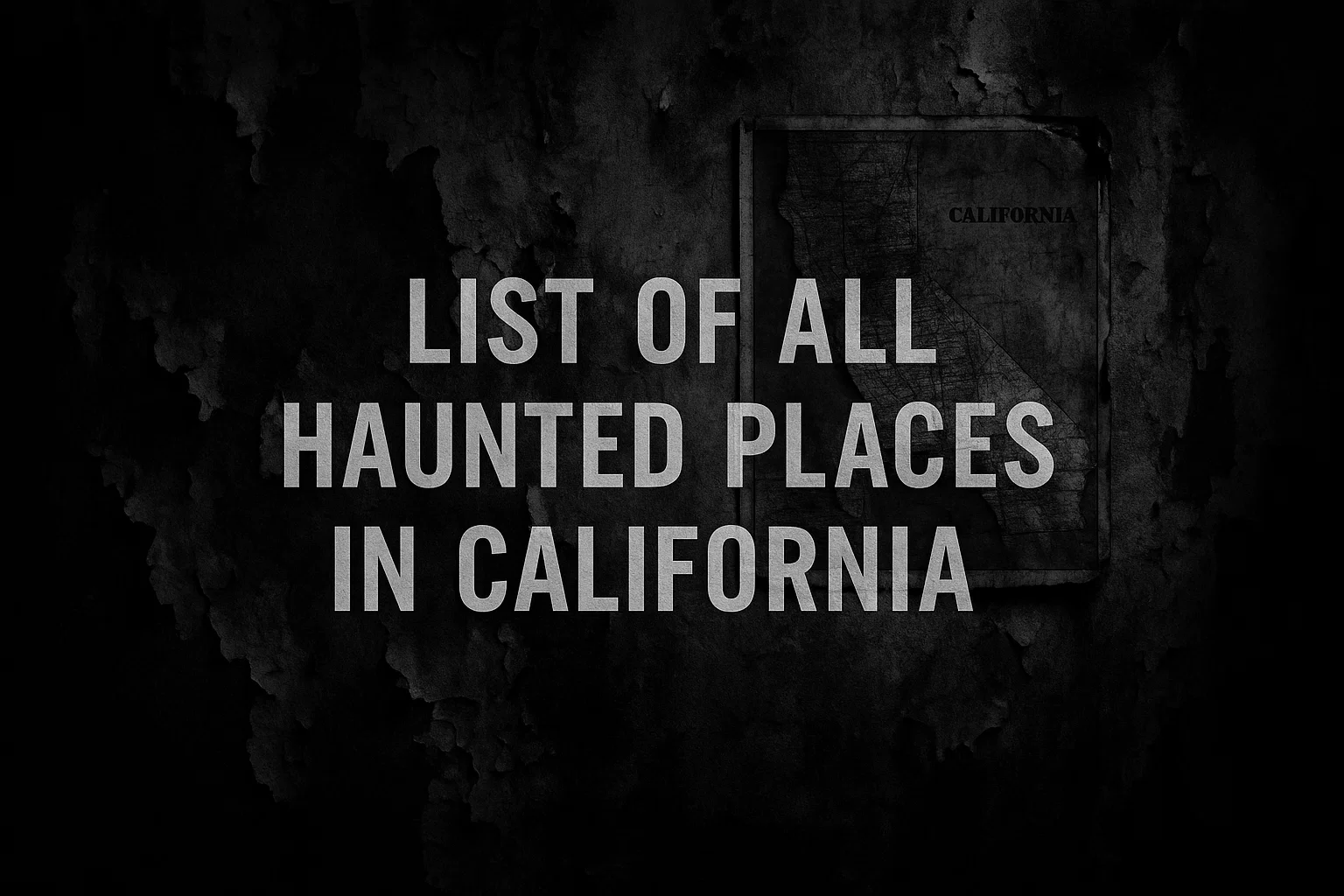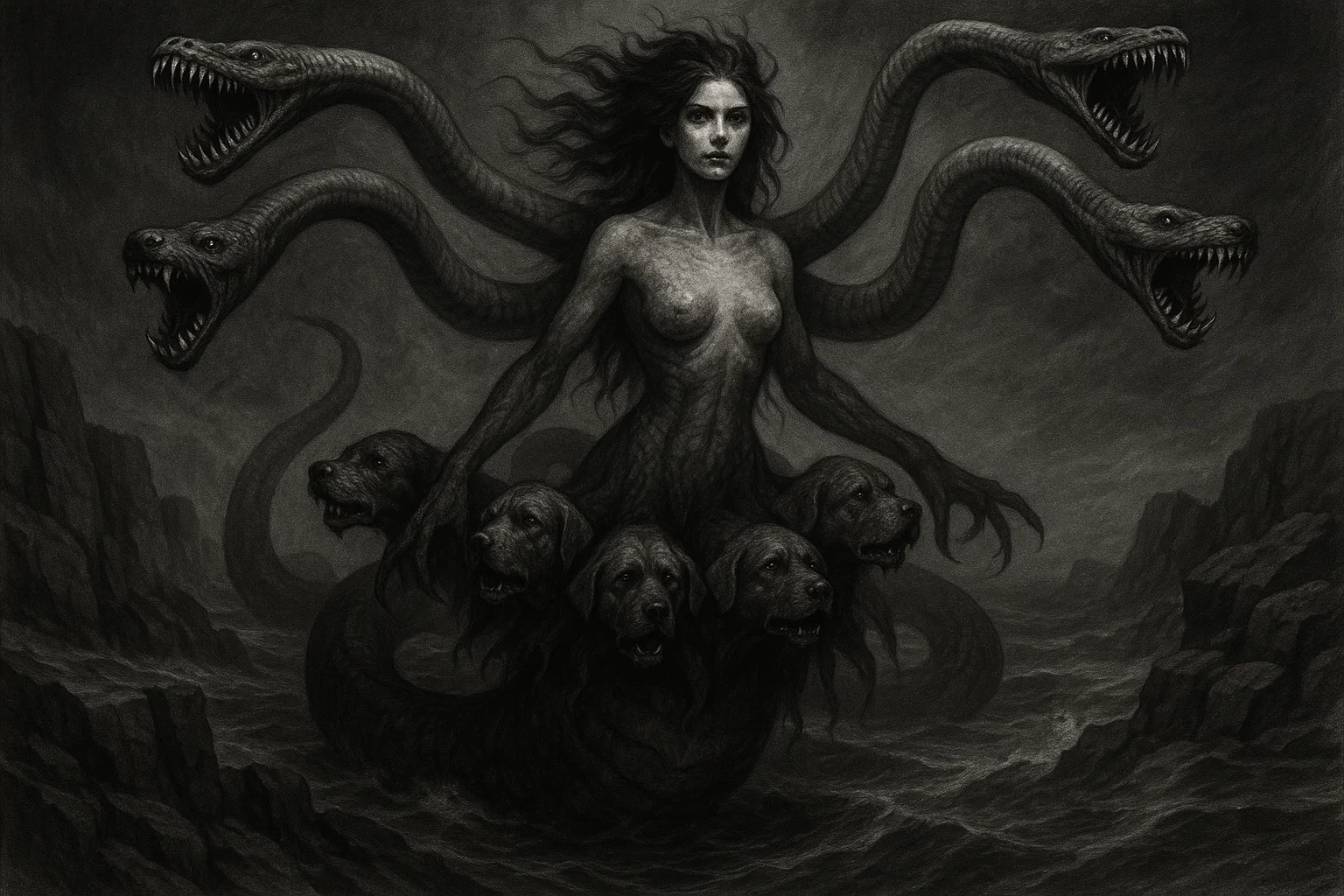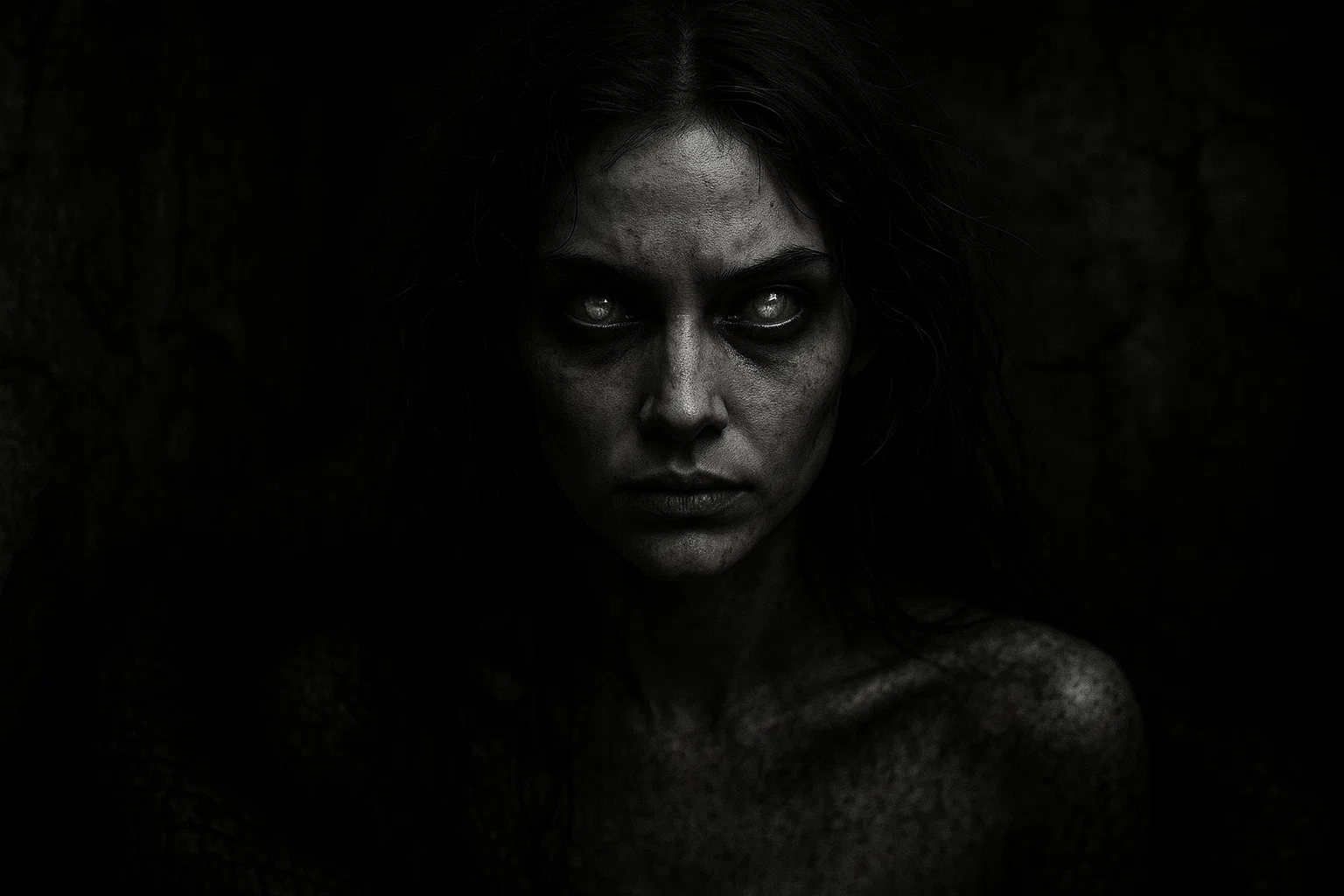Nestled in the serene South Downs of Hampshire, England, Hinton Ampner is a charming estate known today for its elegant Georgian mansion and lush gardens, managed by the National Trust.
Yet, beneath its tranquil exterior lies a chilling history that ranks among Britain’s most gripping ghost stories. From January 1765 to August 1771, the original Tudor manor at Hinton Ampner was plagued by inexplicable noises, ghostly apparitions, and violent poltergeist activity that terrorized the Ricketts family, forcing them to flee.
Mary Ricketts, a resolute and educated woman, meticulously documented these supernatural disturbances, creating one of the most detailed accounts of a haunting in 18th-century England.
Were these the restless spirits of a scandalous past, or could rational explanations like structural flaws or psychological stress account for the terror?
This article explores the haunted legacy of Hinton Ampner, delving into the Ricketts’ ordeal, historical context, witness testimonies, and the enduring mystery that may have inspired Henry James’ The Turn of the Screw. Join us as we uncover the eerie secrets of this Hampshire manor.
Summary
Hinton Ampner
Hinton Ampner, located near Alresford, Hampshire, eight miles east of Winchester, has a history rooted in ancient times. Archaeological evidence reveals Neolithic and Bronze Age activity, with barrows dotting the landscape.
The village, recorded in the Domesday Book of 1086 with eight hides and a church, lies on a chalk ridge in the Hampshire Downs, overlooking the River Itchen to the west. The name “Ampner” derives from “Almoner,” indicating ownership by an almoner of St. Swithun’s Priory.
The local All Saints Church, primarily 13th-century with pre-Norman elements, contains memorials to the estate’s owners and three historic bells dated 1603 and 1719.
In the 1540s, a large Tudor manor house was constructed, becoming the focal point of the estate. By May 1597, Thomas Stewkeley acquired the lease from the Dean and Chapter of Winchester, marking the Stewkeley family’s ownership through the 17th century.
You May Also Like: The SS Ourang Medan’s Last Call | Horror Story
On April 2, 1719, the estate passed to Mary Stewkeley, who married Edward Stawell, later Lord Stawell. Mary died on June 15, 1740, and Edward began a controversial relationship with her sister Honoria Stewkeley, sparking rumors of an illegitimate child who mysteriously disappeared.
Edward’s death on April 2, 1755, from a sudden fit of apoplexy in the manor’s parlor, fueled local tales of retribution for his debauched lifestyle. By 1760, the estate was inherited by Henry Stawell Bilson-Legge, who leased it to tenants, including the Ricketts family from January 1765 to August 1771.
The original manor, plagued by its haunted reputation, was demolished in 1793, and a new Georgian house was built 50 meters south, on the site of the present-day orchard.
The Ricketts Family and Their Move to Hinton Ampner
Mary Ricketts, born in 1737 or 1738, was the youngest child of Swynfen Jervis, a London gentleman, and Elizabeth Parker. Educated and known for her truthfulness and resolve, she married William Henry Ricketts, a plantation owner from Canaan, Jamaica, on July 12, 1757.
The couple had three children: William Henry (born February 1764, died 1805), Edward Jervis (born April 1767, died 1859), and Mary (born June 1768, died 1835). William’s frequent travels to Jamaica, where he managed his plantations, left Mary to oversee their household.
In January 1765, the Ricketts family, along with eight indoor servants, rented Hinton Ampner from Henry Stawell Bilson-Legge, seeking a respectable country home. The Tudor manor, with its oak-paneled halls, narrow corridors, and creaking staircases, was a grand but aging structure.
Mary, initially skeptical of supernatural tales, aimed to create a stable environment for her young children, unaware of the estate’s sinister reputation stemming from Lord Stawell’s scandals and reported ghostly sightings since the 1750s.
The Haunting Begins
Upon settling into Hinton Ampner in January 1765, the Ricketts family noticed unusual disturbances. Mary Ricketts documented these in letters and a narrative written for her children in July 1772, preserved as Add MS 30011 in the British Library.
The first signs were auditory: loud noises resembling doors slamming or slapping with vehemence, often at night, disrupting sleep. Mary initially attributed these to wind, settling timbers, or servant activity, but investigations revealed no natural causes.
By July 13, 1765, Nurse Elizabeth Brelsford, aged 40, reported seeing a man in a drab-colored suit enter the yellow room at 10:30 PM, a guest chamber with heavy oak furniture. Searching the room, she found no one, and all doors were locked.
You May Also Like: The Smiling Man | Horror Story
On September 22, 1765, servant George Turner, aged 28, saw a man in a drab coat standing in the main hall at 7:45 PM, but the figure vanished when approached, with no visitors recorded that day. These early sightings, detailed in Mary’s letters, marked the onset of supernatural phenomena, unsettling the household.
On December 10, 1765, Mary herself witnessed a strange silhouette at 1:15 AM near the main staircase, describing it as a shadowy figure that drifted silently and vanished into a wall. She noted its indistinct form, appearing human-like but ethereal, heightening her concern.
The family’s spaniel and cat began reacting with terror, hiding or slinking away, as if sensing an unseen presence.
Escalation of Paranormal Activity
In 1766, the disturbances escalated into poltergeist-like activity, transforming Hinton Ampner into a house of terror.
On March 5, 1766, at 2:00 AM, glassware in the dining room shattered spontaneously, with shards found 10 feet from their shelves. Reverend Thomas Fletcher, a 45-year-old family friend, visited on March 7, 1766, and witnessed a heavy oak chair slide 3 feet across the parlor at 8:30 PM, accompanied by faint voices from an empty hallway. He recorded the event in his diary, noting no visible cause.
Mary’s letters from April 10, 1766, describe sleepless nights filled with heavy footsteps echoing through the corridors, often approaching her bedroom but stopping abruptly. Her children, aged 2 to 4, were too scared to sleep alone, prompting servants to stay with them.
On April 15, 1766, a servant’s journal reported objects falling—candlesticks, books, and a silver tray—without apparent cause, with one tray landing 5 feet from its table.
By June 20, 1766, Mr. George Talbot, a 50-year-old acquaintance, saw a figure at the end of the west hallway at 9:00 PM, describing it as tall and cloaked before it vanished into a locked room.
During the winter of 1766, Richard Streatfield, Mary’s 38-year-old brother, stayed at the manor from December 1 to February 28, 1767, and reported a shadowy figure in the east corridor at 11:00 PM on January 15, 1767, accompanied by footsteps that faded into silence.
In July 1767, kitchen staff, including Hannah Streeter, aged 25, heard rustling silk at 6:30 AM, followed by a female figure rushing past the scullery, disappearing through a bolted door. The rustling was so loud it woke Mary, who noted it in her diary as unnatural.
When William Ricketts departed for Jamaica on March 10, 1769, the disturbances intensified. Mary reported groans, knocks, explosions, and disembodied voices nightly, peaking in the winter of 1769–1770.
On December 12, 1769, at 1:30 AM, she heard music—like a harpsichord—from the empty drawing room, lasting 10 minutes. On January 20, 1770, servant Ann Hall, aged 30, saw a woman in a grey gown bending over a child’s bed at 2:00 AM, vanishing when approached.
Investigations and External Help
Mary Ricketts sought explanations for the disturbances, determined to protect her family. Her brother, John Jervis, a 36-year-old naval officer, visited from August 1 to August 15, 1771, with Captain Luttrell, aged 40. They conducted nightly vigils, armed with pistols and lanterns, patrolling the main hall, staircase, and yellow room.
On August 3, 1771, at 12:45 AM, they heard groans and banging from the attic, followed by a gunshot-like sound at 1:00 AM, with no source found. On August 10, 1771, dragging footsteps echoed in the lobby, but searches revealed locked doors and empty rooms.
Mary examined the house’s structural integrity, checking for loose timbers or hidden passages, but found none. Servants, including Lucy Camis, aged 35, confirmed no human activity caused the noises.
You May Also Like: 1936 Photo Proof? Brown Lady Haunts Raynham Hall
On June 1, 1769, Lady Stawell offered a £60 reward for information, increased to £100 by William Ricketts on his return in July 1771, but no one came forward.
Clergy, including the Bishop of Winchester, visited on May 15, 1770, performing blessings, but the disturbances persisted. An old man from West Meon poorhouse, aged 80, visited in January 1770, recounting a carpenter’s tale of concealed treasure hidden by Sir Hugh Stewkeley in the 1650s, suggesting a curse, but no treasure was found.
Decision to Leave and Aftermath
By 1771, the relentless disturbances had severely impacted Mary Ricketts’ health, causing fever, cough, and exhaustion. Despite her resolve, she feared for her children’s safety, though they were shielded by servants.
On August 27, 1771, the family abandoned Hinton Ampner, moving to Wolsey, then to the Bishop of Winchester’s palace at Wolvesey on September 10, 1771, and later to Curzon Street, London, by November 1, 1771.
The manor remained unoccupied, as no tenants would stay. The Lawrence family leased it in 1772 but fled within six months, citing similar terrors. On June 15, 1793, Henry Stawell Bilson-Legge demolished the Tudor house, citing structural decay and superstition.
During demolition, workers found a small skull—rumored to be a monkey but possibly human—and Civil War papers under the floorboards, fueling speculation of a murdered child linked to Lord Stawell and Honoria.
The new Georgian house, completed in 1793, reported no hauntings. Remodeled in 1867 and rebuilt after a fire on April 3, 1960, by Ralph Dutton, it was donated to the National Trust on March 1, 1985. Archaeological excavations in 2014 uncovered the original manor’s foundations, 50 yards north, but found no further paranormal evidence.
Hinton Ampner Haunting vs Similar Cases
Beneath the veil of history, some places pulse with unexplained terror, where slamming doors, ghostly figures, and objects defying gravity haunt the living.
The Hinton Ampner haunting, a chilling 18th-century saga, stands among the world’s most gripping poltergeist cases, rivaling eerie tales from Enfield to Greyfriars.
This table compares Hinton Ampner’s relentless disturbances with nine similar hauntings, revealing shared threads of mystery and debate—spirits, curses, or mere illusion?
| Haunting/Poltergeist | Location | Date(s) | Key Witnesses | Phenomena | Outcomes | Theories |
|---|---|---|---|---|---|---|
| Enfield Poltergeist | Enfield, North London, England | 1977–1979 | Peggy Hodgson, Janet and Margaret Hodgson, investigators (Maurice Grosse, Guy Lyon Playfair) | Furniture moving, levitation, knocks, voices, objects thrown, apparitions, bed shaking | Phenomena subsided by 1979; family remained in house; widely publicized | Supernatural: Poltergeist linked to Janet’s emotional stress. Rational: Fraud by children, psychological factors, media exaggeration |
| Epworth Rectory | Epworth, Lincolnshire, England | 1716–1717 | Wesley family (Samuel, Susanna, Hetty), servants | Loud bangs, footsteps, objects moving, bed shaking, groans, knocking sounds | Disturbances ceased after months; family stayed; documented by John Wesley | Supernatural: Poltergeist or vengeful spirit. Rational: Structural settling, animal activity, family stress |
| Tedworth Drummer | Tedworth House, Wiltshire, England | 1661–1663 | John Mompesson, family, servants | Drumming noises, objects thrown, beds shaking, scratches, voices, foul smells | Phenomena stopped after alleged drummer’s trial; family endured | Supernatural: Spirit of a cursed drummer. Rational: Fraud by servants, acoustic anomalies |
| Borley Rectory | Borley, Essex, England | 1929–1939 | Harry Price, Marianne Foyster, residents | Apparitions (nun, monk), footsteps, bells ringing, objects moving, writing on walls, cold spots | Rectory burned down in 1939; hauntings ceased; dubbed “most haunted house” | Supernatural: Ghosts of tragic figures (nun, monk). Rational: Fraud, structural issues, psychological suggestion |
| Caledonia Mills | Caledonia Mills, Nova Scotia, Canada | 1899–1922 | Mary-Ellen MacDonald, family, Walter Franklin Prince | Mysterious fires, objects moving, livestock disturbances, knocks | Family abandoned home in 1922; phenomena stopped; investigated by ASPR | Supernatural: Poltergeist or vengeful spirit. Rational: Psychological dissociation, arson |
| Chilliwack Poltergeist | Chilliwack, British Columbia, Canada | 1951–1952 | Family (anonymous), investigators | Violent wall hammerings, flying objects, loud noises | Lasted two months; ceased abruptly; family stayed | Supernatural: Poltergeist activity. Rational: Structural vibrations, stress-induced perceptions |
| Rosenheim Poltergeist | Rosenheim, Germany | 1967–1968 | Annemarie Schaberl, law firm staff, Hans Bender | Swinging lights, furniture moving, phone disruptions, electrical spikes | Stopped when Annemarie left in 1968; no recurrence | Supernatural: Poltergeist linked to Annemarie’s stress. Rational: Fraud via hidden threads, electrical faults |
| Mackenzie Poltergeist | Greyfriars Kirkyard, Edinburgh, Scotland | 1998–Present | Tourists, guides, locals | Knocks, scratches, bruises, apparitions, cold spots, objects moving | Ongoing; no resolution; linked to disturbed graves | Supernatural: Spirit of George Mackenzie. Rational: Suggestion, environmental factors, mass hysteria |
| San Antonio Disturbances | San Antonio, Texas, USA | 2010–Present | Anonymous family, researchers (Laythe et al.) | Apparitions, objects moving, voices, psychological distress across five residences | Ongoing; family reports persistent anomalies; studied for Haunted People Syndrome | Supernatural: Poltergeist or entity encounters. Rational: Transliminality, paranormal belief, threat detection |
Theories and Explanations
The Hinton Ampner haunting has sparked numerous theories, blending supernatural and rational perspectives.
Supernatural Theories
Ghosts of Lord Stawell and Honoria: Rumors of their illicit child, possibly killed and buried under the floorboards, suggest their restless spirits or the child’s ghost caused the disturbances. The small skull found in 1793 supports this theory.
Poltergeist Activity: The moving objects, shattering glass, and violent noises align with poltergeist phenomena, possibly triggered by emotional turmoil or hidden crimes.
You May Also Like: Green Lady of Caerlaverock: The Haunting of Galloway’s Castle
Historical Trauma: The manor’s proximity to the 1644 Battle of Cheriton, where 1,500 died, may have left a psychic imprint, manifesting as battle-like noises.
Rational Explanations
Structural Issues: The Tudor house’s aged timbers and loose fittings could have caused creaking or slamming noises, exacerbated by wind.
Underground Water or Seismic Activity: Trevor H. Hall, in 1965, suggested underground water or minor seismic disturbances caused the noises, noting the chalk ridge’s geology.
Psychological Factors: Stress from William’s absences, servant turnover, and the house’s haunted reputation may have fueled pareidolia or group hysteria, per Susan Blackmore’s 1995 research.
Modern Perspective and Legacy
Today, Hinton Ampner is a National Trust property, open to visitors at Hinton Ampner, Alresford, SO24 0LA. The Georgian house, rebuilt by Ralph Dutton after the 1960 fire, features neo-Georgian interiors, ceramic collections, and gardens created from 1930.
All Saints Church, with 13th-century arches and 1970 stained-glass windows by John Piper, adds historical depth. No verified modern hauntings are reported, suggesting the disturbances were tied to the original manor.
The haunting’s legacy endures in literature and media. Mary Ricketts’ account, published in the Gentleman’s Magazine (November/December 1872) and the Journal of the Society for Psychical Research (April 1893), is considered a benchmark for paranormal documentation.
Its influence on Henry James’ The Turn of the Screw (1898), possibly relayed by Archbishop E.W. Benson in 1895, underscores its cultural impact. The BBC’s Countryfile episode on March 24, 2024, explored the estate’s haunted history, drawing 2 million viewers.
Visiting Hinton Ampner
Visitors can explore Hinton Ampner via the National Trust, with guided tours (£10–£15) of the house and gardens, open daily from 10:00 AM to 5:00 PM.
The stable block café offers local fare, and the Wayfarers Way trail links to the South Downs. Parking is free, and the postcode SO24 0NH guides to the Hinton Arms pub, 20 meters from the entrance. The estate’s tranquil beauty contrasts with its haunted past, making it a must-visit for history buffs and ghost enthusiasts.
Conclusion
The Hinton Ampner haunting remains a captivating mystery, blending 18th-century tragedy with supernatural intrigue. Mary Ricketts’ meticulous records—from slamming doors in 1765 to ghostly figures in 1771—paint a vivid picture of a family besieged by unexplained terrors.
Whether driven by restless spirits, structural flaws, or psychological strain, the events forced the Ricketts to flee and led to the manor’s demolition.
Today, Hinton Ampner’s peaceful gardens and elegant house belie its dark history, yet the tale endures, inspiring literature and drawing visitors to explore its haunted legacy. As one of Britain’s most documented hauntings, Hinton Ampner invites us to ponder the unseen forces that linger in the shadows of the past.

